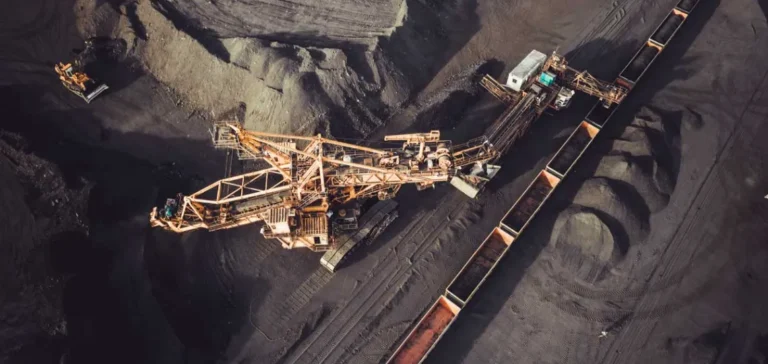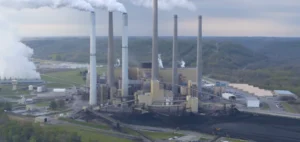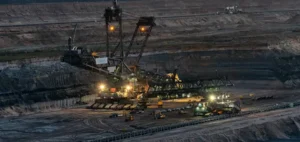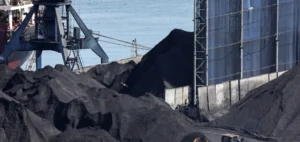Production costs for coal mining companies in Queensland remain elevated two years after the local government implemented a royalty increase. Data from S&P Global Market Intelligence shows a significant rise in total free-on-board (FOB) cash costs for coal producers, climbing from $105.61 per wet metric tonne in 2021 to $138.38 in 2023. This situation has led to job cuts and site closures, including at BHP Group Ltd., Anglo American PLC and QCoal Pty Ltd.
Rising costs and margin pressure
In 2024, costs are projected to ease slightly to $126.11 per tonne before stabilising around $118 through 2029. All major cost categories, including labour, energy, and both on-site and off-site expenses, increased from 2021 to 2024. Forecasts indicate an overall decline by 2029, except for off-site costs, which are expected to continue rising.
Royalties accounted for 16.2% of total costs in 2021, spiking to 33.2% in 2022. By 2024, their share fell to 22.5% but is projected to reach 24.8% in 2025. The royalty cost per tonne rose from $17.06 in 2021 to $45.03 in 2022, expected to settle around the $28 mark from 2026 onwards. This added fiscal burden compounds a weaker price environment, with premium hard coking coal assessed at $190.20 per tonne on September 30, down from $204.75 a year earlier.
Output reduction and mine closures
Under mounting margin pressure, BHP confirmed the closure of its Saraji South mine, while QCoal announced it would shut down one of two underground units at Cook Colliery. Both companies cited cost burdens and taxation as key factors. Total output from Queensland’s coal mines declined from 169.1 million tonnes in 2021 to 145.3 million in 2024. However, production is expected to recover to 163.6 million tonnes by 2029.
Metallurgical coal exports, which comprise the majority of Queensland’s international shipments, also declined. Export volumes dropped from 153.5 million tonnes in 2021 to 149.6 million in 2024, reducing Queensland’s share of global met coal exports from 50.9% to 47.0%.
Disputed impact of royalties
Industry group Coal Australia argues the royalty regime directly threatens jobs and investment. Chief Executive Officer Stuart Bocking stated that some miners have paid “tens of millions of dollars to the government without ever making a profit.” He noted that unit costs have surged 47% for metallurgical coal and 50% for thermal coal over the past three years.
The Institute for Energy Economics and Financial Analysis (IEEFA), a US-based organisation, offered a more nuanced view. In a report published on September 24, IEEFA said major companies continue to post strong margins by historical standards, ranging between 15% and 25% for the six months ending June 30. It also cited contractor labour costs, rising strip ratios and compliance expenses under the federal Safeguard Mechanism as growing cost drivers.
Talks with government and persistent uncertainty
Closures of assets such as Cook Colliery and Saraji South were unsurprising to some observers, as both had previously been mothballed. Other sites—including Bluff, Millennium and Wilkie Creek—also ceased operations in fiscal 2024 following brief reopenings. Bluff mine owner Bowen Coking Coal Ltd. entered voluntary administration in late July, citing a challenging environment shaped by low prices, high costs and increased royalty burdens.
On September 26, representatives of the Queensland Resources Council met with Premier David Crisafulli to discuss the situation, though no details of the meeting were disclosed. Council Chief Executive Officer Janette Hewson confirmed the talks but declined to elaborate beyond mentioning “industry issues.”






















